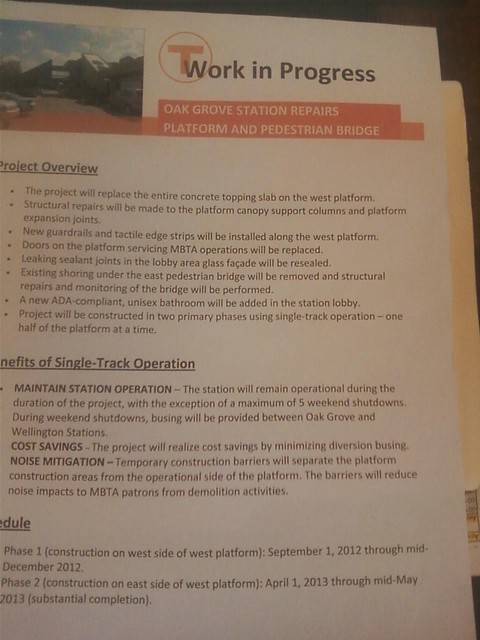BandM4266 wrote:Forgive me if I have the wrong car number! But on what I beleieve was 01214 there are 8 small rectangular boxs on the ceiling. 2 near either end and 4 clustered in the center door way. Are these Security cameras or something else?Yep, some OL cars have been outfitted with cameras like a lot of the buses. I haven't seen cameras on any other lines, though.
I did not see anything on the other cars in the set I was on. I would also send a picture but have no idea how to send from my phone.
IS2 "Mitch" | Photo Gallery: http://ihavea.name
Any and all above statements are my own and do not reflect the views and opinions of the United States Government, the Department of Defense, Department of the Navy, or it's affiliates and counterparts.
Any and all above statements are my own and do not reflect the views and opinions of the United States Government, the Department of Defense, Department of the Navy, or it's affiliates and counterparts.
